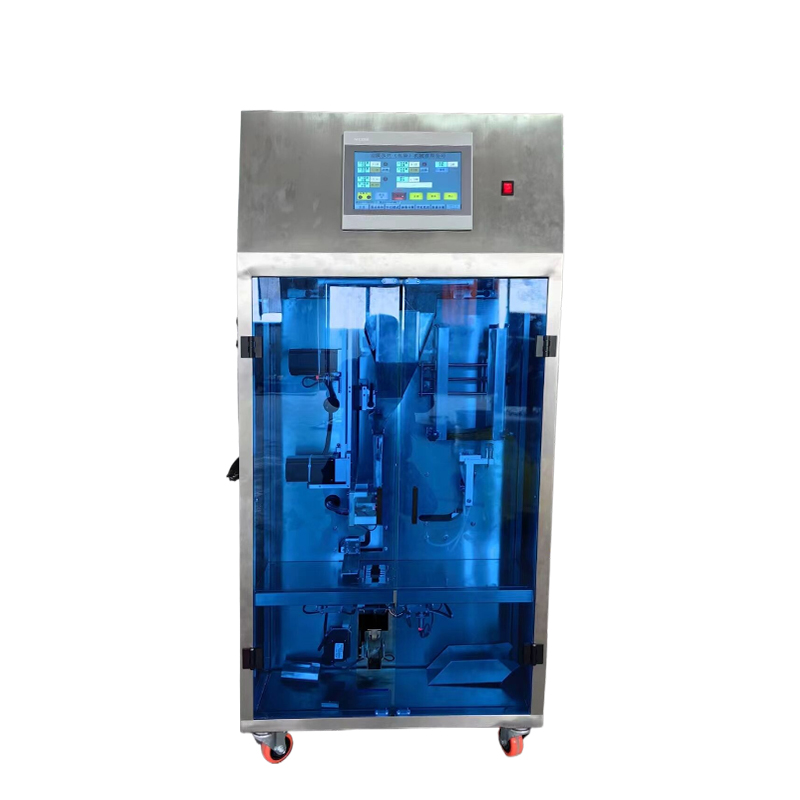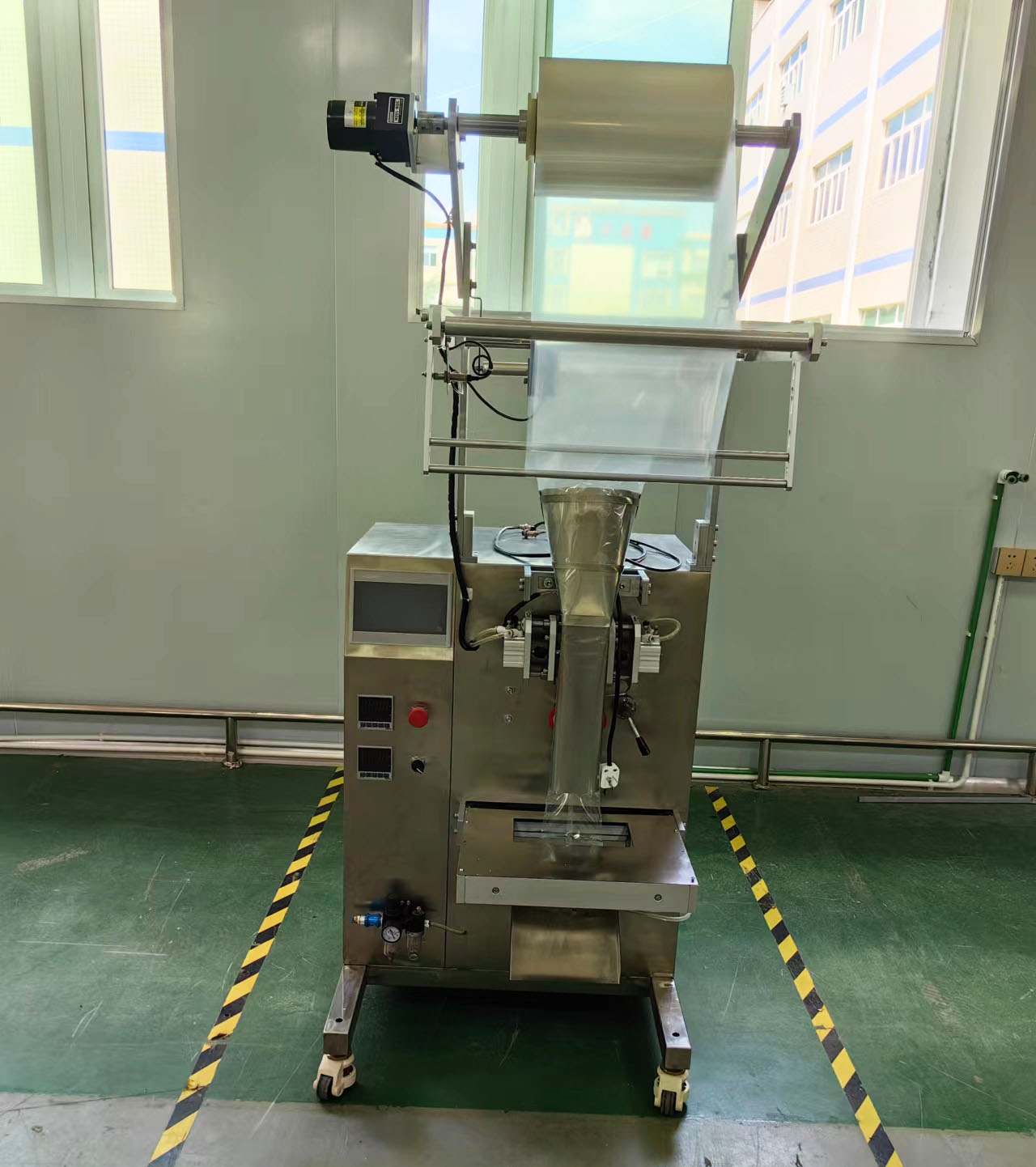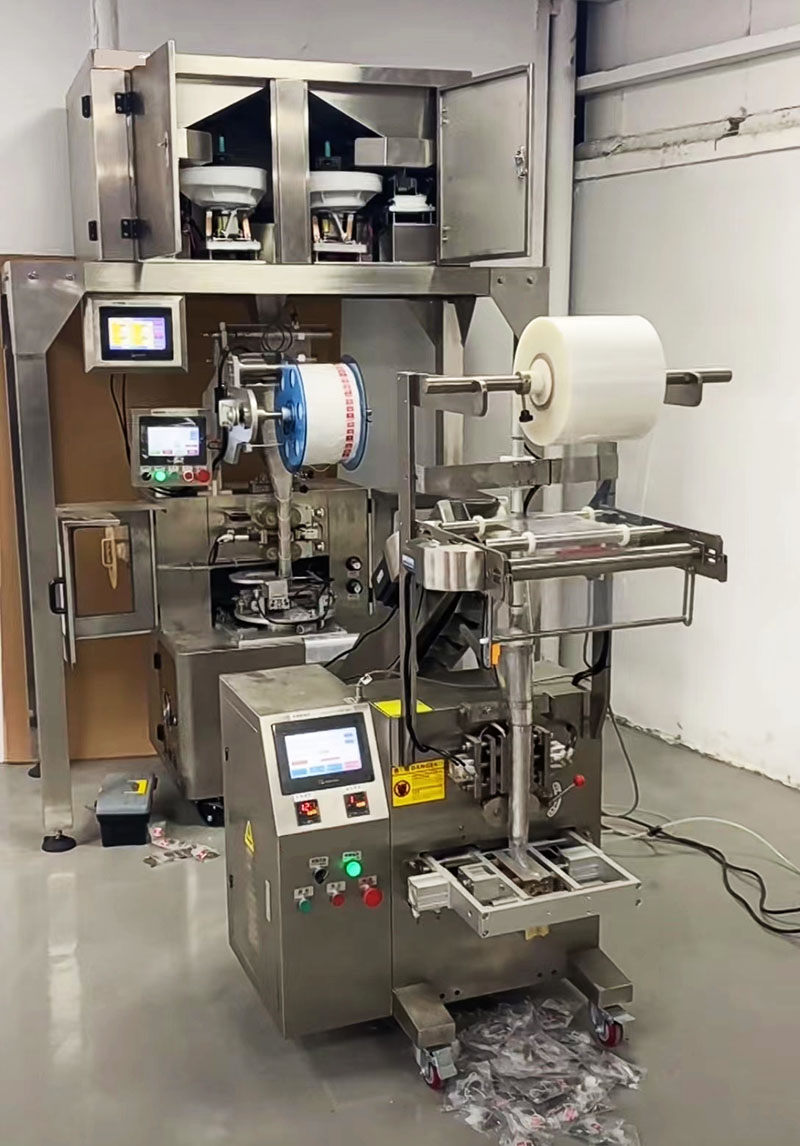Tea Manufacturing technology
Tea Manufacturing technology
Before the tea gets into your cup, it goes a long way from the bush to the finished infusion. To understand how tea is made, let's first figure out what it is made of.
Raw materials
Green and black tea are made from the two upper leaves and buds of the Camellia sinensis shrub, which has evergreen leaves, flowers with five sepals and petals. The genus Camellia consists of 80 species of East Asian evergreen shrubs and trees.
There are three main varieties of this plant: China, Assam and Cambodia, as well as a number of hybrids in between. The Chinese variety grows to 2.7 m and the duration of the growth is at least 100 years. Assam is a tree that grows up to 18.3 m and can grow up to 40 years, depending on regular pruning and plucking. The Cambodian variety overlaps with other varieties, reaching an average of about 5 meters.
In addition to the leaves, other ingredients can be added to create special scents or aromas during the drying process, such as jasmine, flowers, or fruits.
Apart from the difference between teas, the main difference between teas is the way they are processed. Green tea leaves are harvested and immediately sent to dry or steam to prevent fermentation, while black tea and other types are left to ferment after picking.
Growing and harvesting
A suitable cultivation climate has a minimum annual rainfall of 115-130 cm. Tea soils must be acidic as tea plants will not grow in alkaline soils. The desired pH is 5.8-5.4 or less. Tea can be grown up to 2200 m above sea level and can grow between the equator and 45th latitude. Plants reproduce through tiling or through seeds from trees that have grown freely.
To harvest 700 kg of tea per acre, it takes up to two workers per acre to pull the tea shoots by hand and maintain the field. Usually one shrub is plucked every 5-10 days, depending on where it grows. With this frequency of collection, one bush is enough for 70-90 days, after which you need to sow this place again.
In Japan, tea harvesting begins at the end of April, the leaves are harvested by hand or by machine. A bud and a few leaves are taken from each plant. The first crop is harvested in April and May, the second in June, the third in July and the last in September. The leaves are then sent to the plant for processing. Since not everything can be processed at once, the leaves are stored in a large box, the bottom of which is blown with cool air, thereby maintaining the desired temperature.
Production and processing stages
Drying or withering
![]()
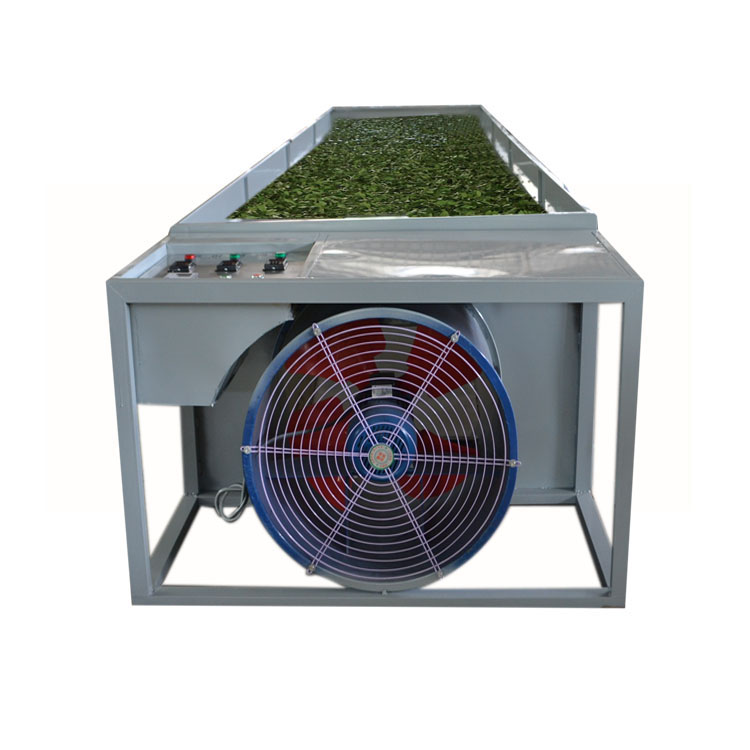
After the tea leaves are plucked, they need to be dried to prevent fermentation. This stops the activity of the enzyme that causes oxidation. For the production of black tea, on the contrary, the raw materials are left for fermentation.
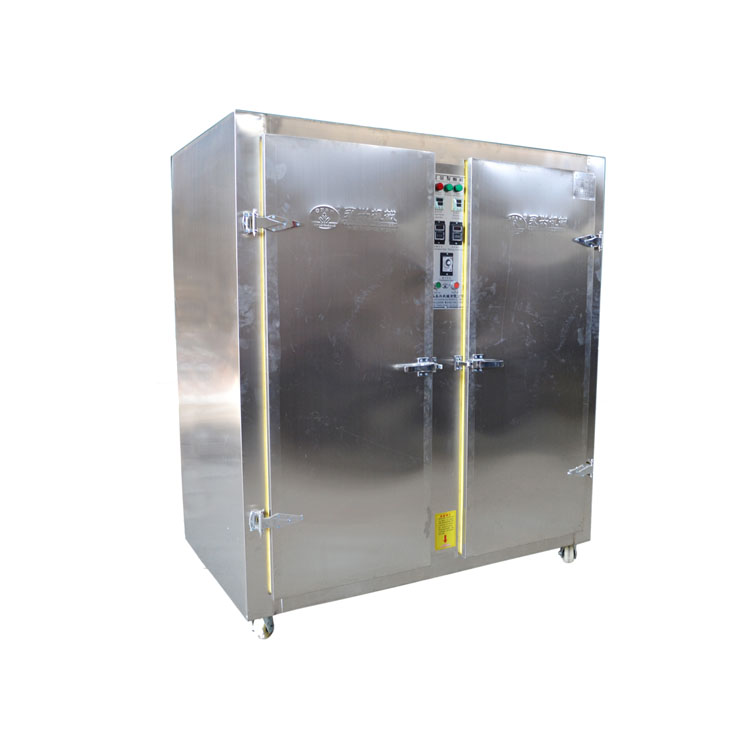
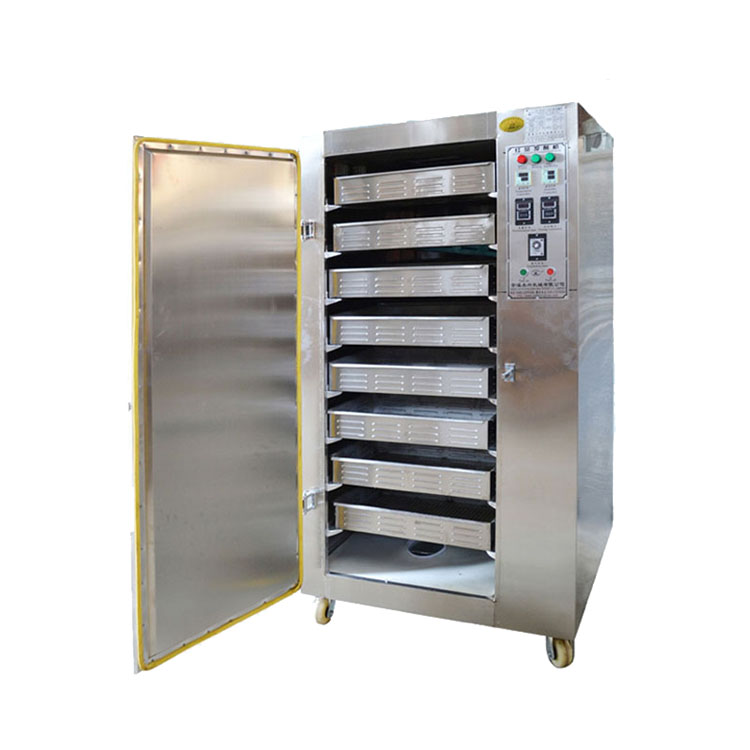
In China, green teas are often fired by flame in very large vats or by electric current in electric containers. The raw materials must be constantly mixed to dry evenly.
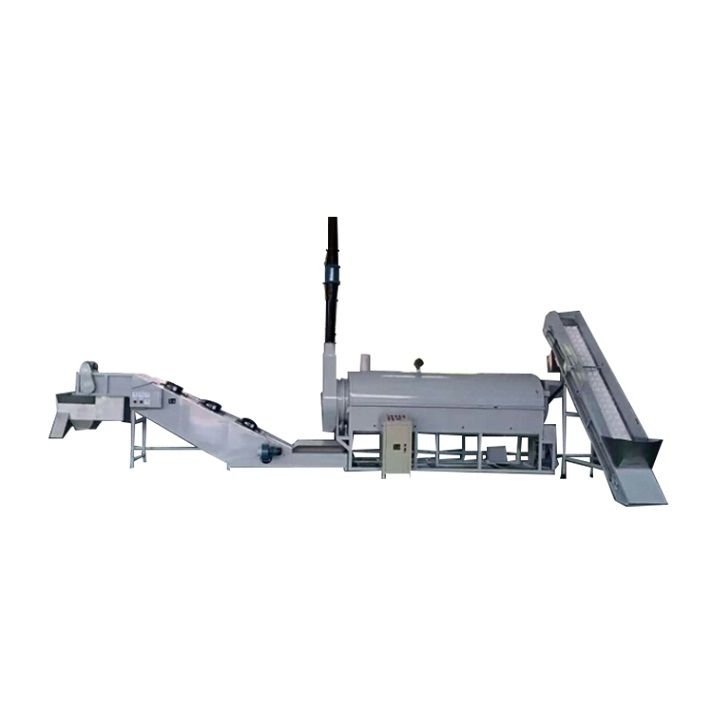
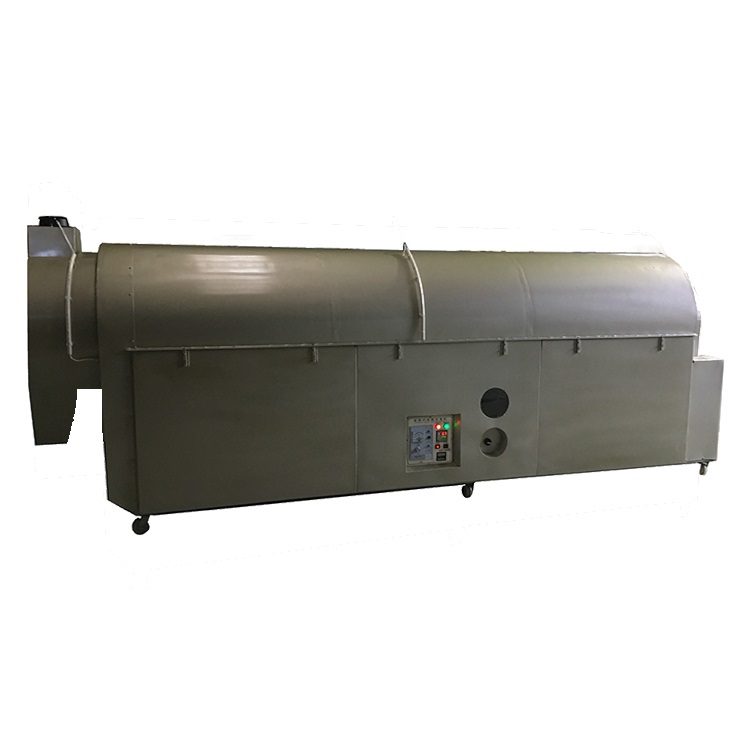
Withering is also used, in which leaves are spread over racks of bamboo or woven straw to dry in the sun or using warm air. Again, constantly stirring.
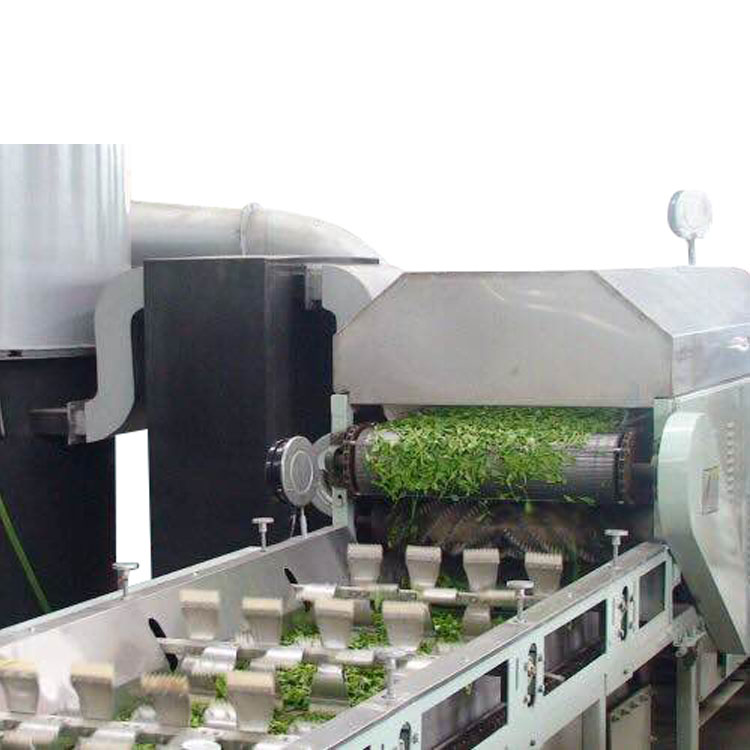
Steam treatment is commonly used in Japan. Before starting the steaming process, the tea leaves are sorted and cleaned. The steaming time determines the type of tea that is produced, on average 30-150 sec. Steaming is carried out in a bamboo container on top of water or using a rotating or belt conveyor. After mechanical steaming, the leaves enter a cooling machine that removes water from the leaves.
Shaping
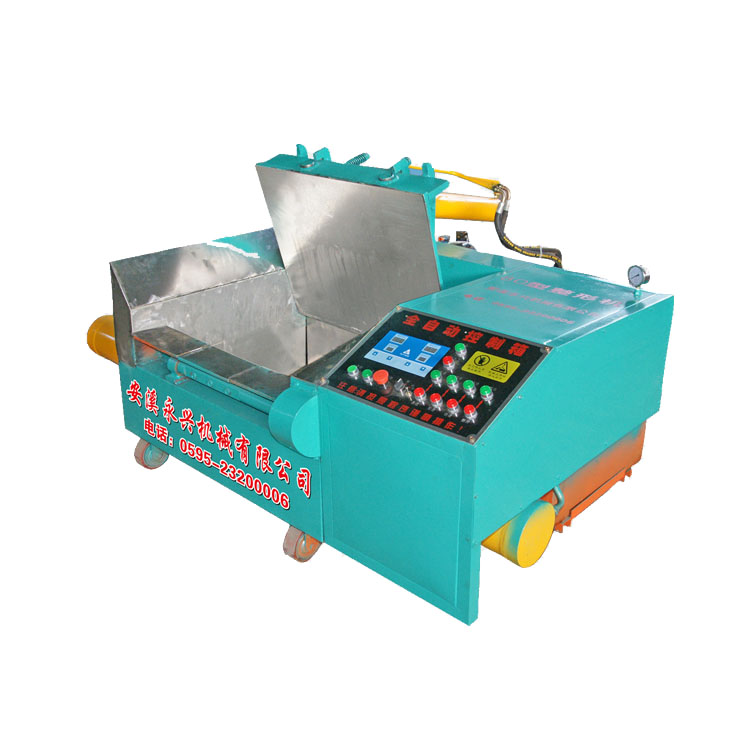
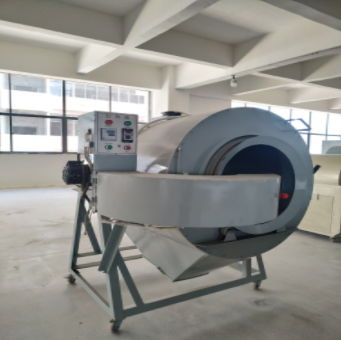
In most countries, green tea leaves are rolled or molded by machines. In China, handmade leaves of various shapes are leading, including curly, twisted, pointed, round and many others. Swirling the tea creates a special look and also regulates the release of natural substances and aromas when submerged in a cup.

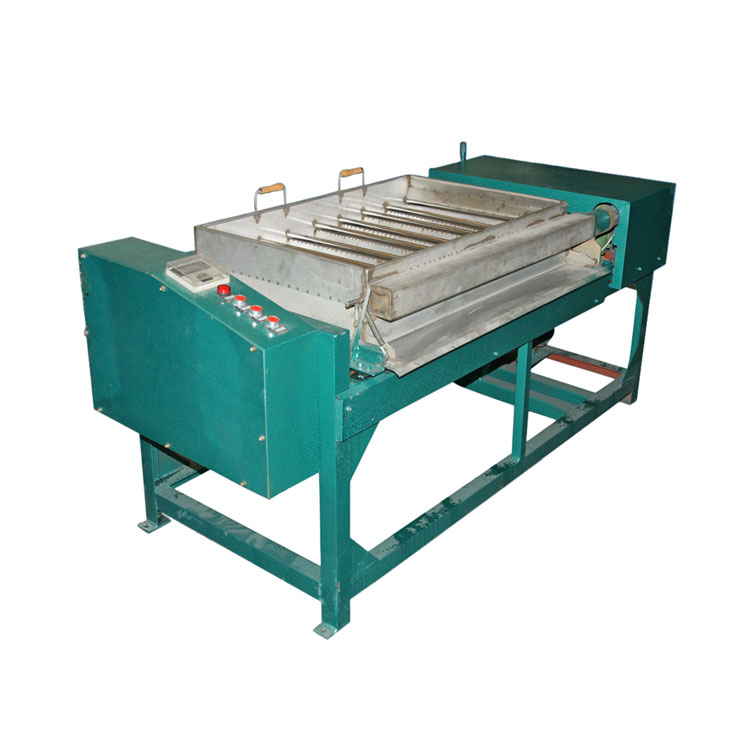
A number of rolling and drying stages are carried out. The first stages of rolling and drying are applied simultaneously on a special machine and take about 48 minutes.
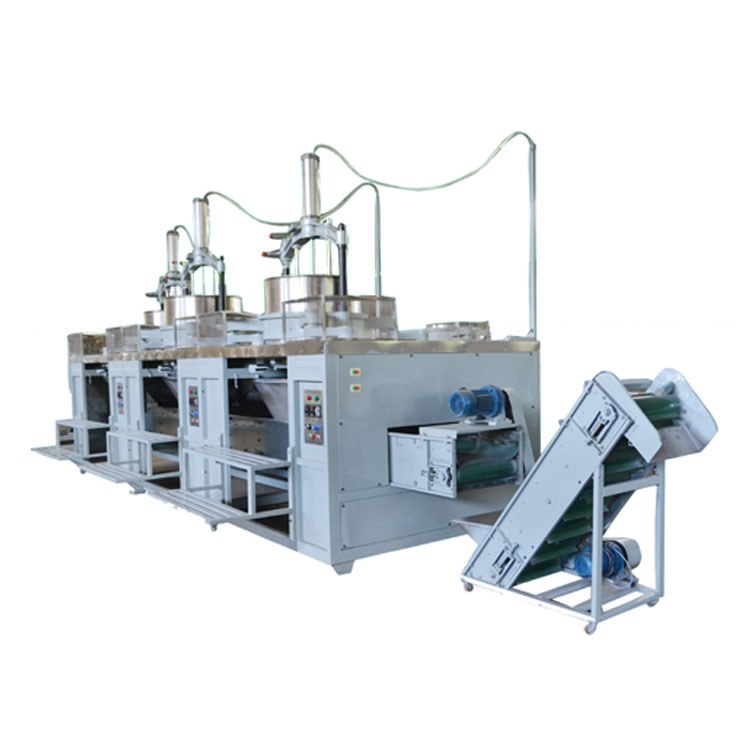
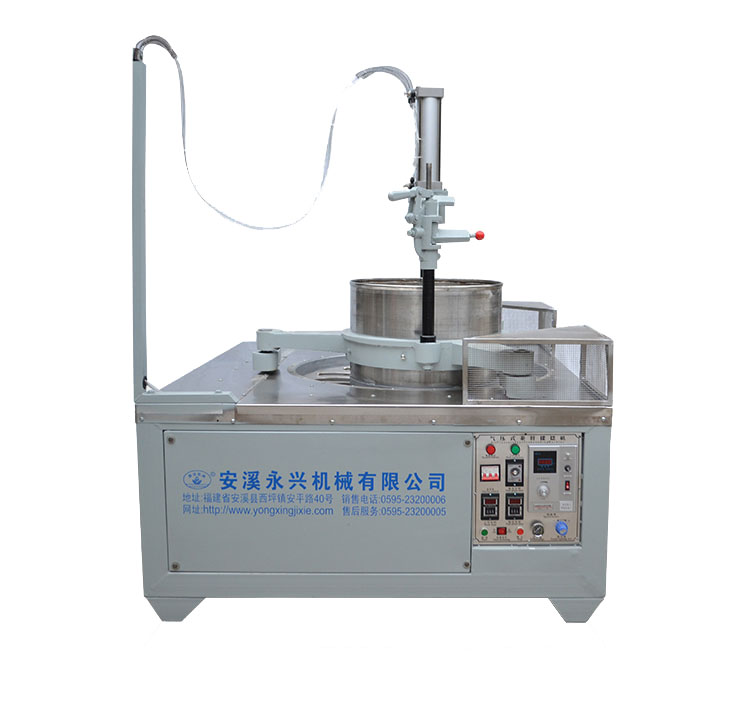
The tea leaves are dried to increase their strength and elasticity so that they can be pressed during the next drying process. This machine removes moisture from both the surface and the inside of the tea leaves.
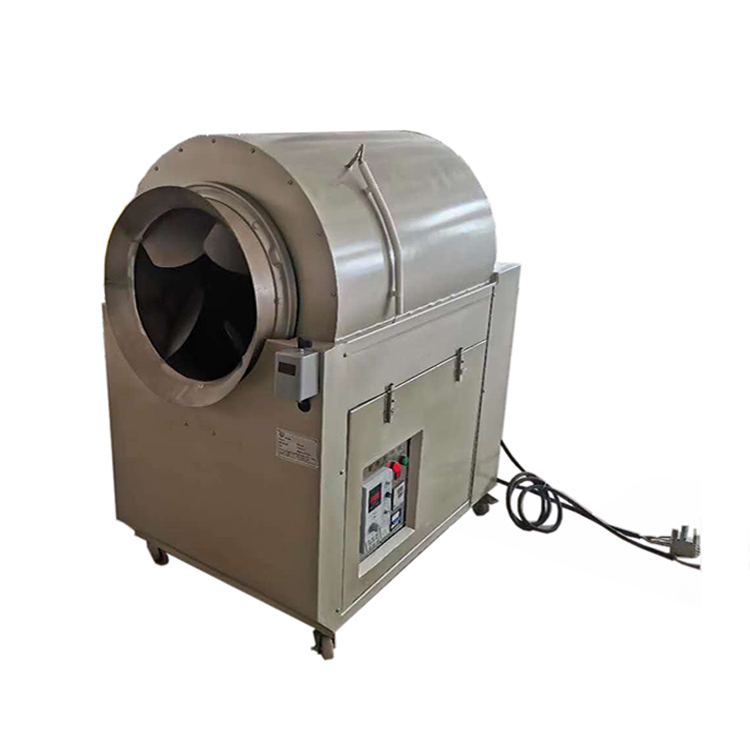
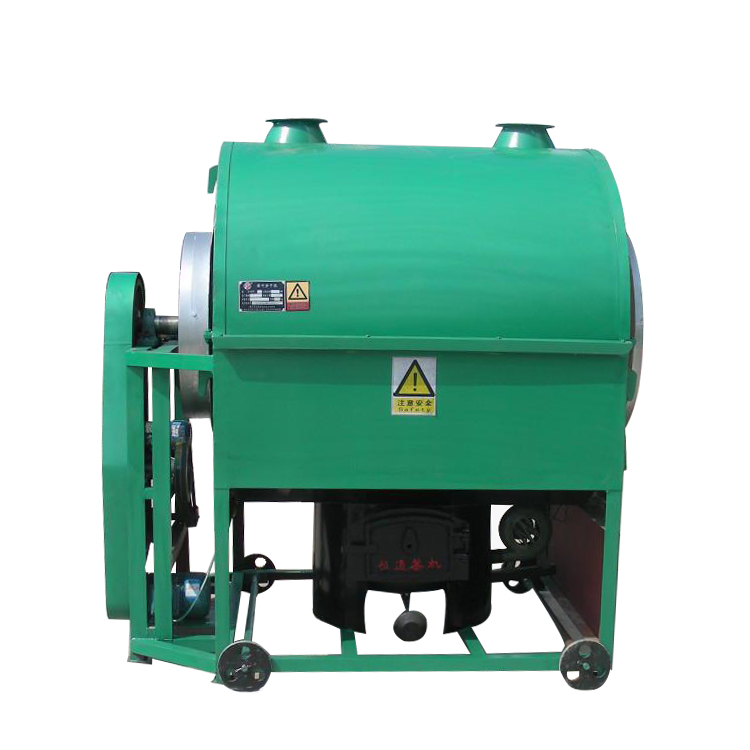
This machine consists of a spindle with elongated fingers that stir the leaves while heated air at 93-97 ° C is blown into the machine.
Since the moisture level after the first stage is still not uniform, both for different parts of the same leaf and for the total mass, another rolling process takes place to evenly distribute the remaining moisture. The raw material is driven under a rotating disc to draw moisture from the center of the leaves to the surface. The process is carried out at room temperature for 24 minutes.
![]()
The leaves are then transferred to another rolling / drying machine that uses a rotary pedal inside a rotating drum to roll the mass. This process takes about 40 minutes. It is very important to remove the leaves with the same moisture level each time.
Raw materials are removed from the previous machine, divided into small portions and placed in pots. Under the press, the leaves gradually roll up into tiny round or needle-like shapes. This step takes 40 minutes and removes most of the moisture.
The overall process still takes about three hours compared to manual rolling and heating, which can take up to 10 hours.
Final drying
In Japan, green tea is dried for about 30 minutes after the final rolling stage for storage. The tea is applied to a caterpillar type device and slowly dried to 5% moisture or less.



